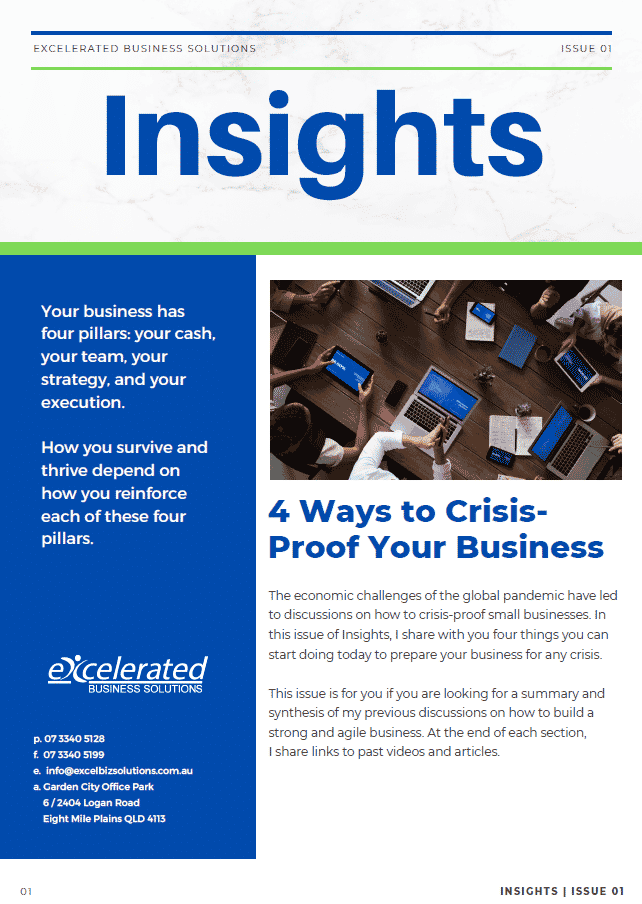Did you know that there is a connection between how your business structure morphs and adjusts based on your strategy?
To provide context, I will use Zappo’s as an example and how its strategy determined its business structure. Zappo’s is an American billion-dollar e-commerce company that has been known to defy traditional business principles, such how it measures and manages its ROI in some of its assets, in order to achieve their core business goal.
Zappo’s considers providing exceptional customer service as its core competency. More importantly, however, the company knows how to leverage this extensively in order to grow and develop its brand and business.
For example, when most of its competitors resort to outsourcing many of its operations, such as order fulfillment, warehousing, and call center services, Zappo’s goes against business and operations trends in its desire to have optimal control over their customers’ experience. To implement their core strategy of providing exceptional customer service, Zappo’s has had to build and develop a business structure that allows them to have control over this.
What lessons can we learn from Zappo’s?
Lesson #1: Know why your are in business.
Remember that you are not in business to simply sell a product—you are there to provide a better solution to the market.
Zappo’s Strategy: Zappo’s is in business to delight their customers—and that means giving their customers what they need and when they need it.
Tony Hsieh, CEO of Zappo’s said the following statement
“… one of the biggest lessons of Zappo’s first few years was that it never makes sense to outsource your core competency, especially if your aim is to be maniacal about customer service.”
Zappo’s Structure: Given what they’ve learned and what they want to achieve, they created a structure to allow them to carry out their customer service strategy.
- Despite the industry trend of outsourcing call center services, Zappo’s chose to staff the call center with their own employees, because they believe that customer representatives are at the core of exceptional customer service.
- Zappo’s also shifted their distribution strategy from drop shipments to buying inventory from vendor manufacturers to have better control over their stocks. They also quickly learned that they needed to manage their own warehouse operations to ensure that customers get their orders as quickly as they could.
Lesson #2: Be exceptional in what you do.
Don’t just provide a service. Provide one that people will want you to have and will come back for time and again.
Zappo’s Strategy: To provide exceptional service, Zappo’s takes it upon itself to make it very easy for customers to buy from them, essentially minimising the risks associated with shopping online. Some examples:
- They offer free shipping for both orders and
- They provide a 365-day return policy.
- For repeat loyal customers, Zappo’s has been known to do surprise upgrades to overnight shipping, even when the customers have chosen the free ground-shipping option.
A testimonial from one of Zappo’s customers
“When one of our reps found out that because of a death in the family, a loyal customer had forgotten to mail back a pair of shoes she’d planned to return, the rep sent her flowers; now she’s a customer for life.”
Zappo’s Structure:
- This strategy can be costly and has implications in their cost structures. Because of their very customer-friendly return policies, the company experiences very high return rates, which translates to high return shipping expenses. Zappo’s, however, considers return shipping costs as part of their marketing expense (and not distribution or operations). Despite high-cost structures, Tony Hsieh points to this strategy as one of the reasons for Zappo’s having a significant number of loyal customers.
- Zappo’s operates their warehouse 24/7. Though not cost-efficient, it ensures that customers get their orders when they want it—and even if it is less costly to let the orders pile up.
- The strategy also calls for a team of highly competent and empowered employees. This means setting up policies and structures that will allow them to not only hire the right people, but also provide proper training and development. They have a simple hiring principle: hire only the people that they would enjoy hanging out after hours.
- Zappo’s was focused on building and nurturing a company culture.
Lesson #3: Be able to scale.
Being exceptional is easy when you have a very small operation and you can control every aspect of your operations. It gets harder as you grow, and it also becomes costly, which Zappo’s has had to learn very quickly.
Zappo’s Strategy: Zappo’s wanted to scale profitably by cutting down on costs, but without compromising their service quality. They wanted to have control over all functions that had customer touch points or those that affected these touch points but do so profitably and with room for growth.
Zappo’s Structure:
- Initially, they uprooted Zappo’s headquarters from San Francisco to Las Vegas, where it would be cheaper to house their headquarters, including their call center desk. The move was meant to provide savings in the long run. The move also signified Zappo’s intent to leverage on their core competency, by moving into a city that is known for hospitality and service to strangers—it being a tourist area and a city that operates 24/7, thanks to its casinos. This means that they will have a pool of potential employees who are pre-disposed for the tasks that Zappo’s requires.
- Eventually, it sold Zappo’s to Amazon. The move was strategic, particularly because Amazon, like Zappo’s, was also a customer-centric company. The move also provided Zappo’s with a technological advantage, such as adopting Amazon’s notable warehousing principles, but without compromising their high-touch approach.
If you are interested to know more about what a business has to go through when facing exponential growth, you can download the first chapter of the book, ”$20K to $20 Million in 2 Years” absolutely free here. The chapter talks about the differences between a good and a great business and puts out questions that make you consider how you can turn your business from good to great.



